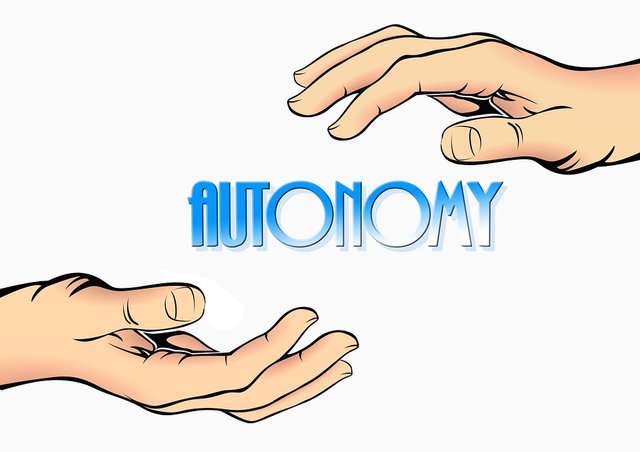Autonomous Learning Model and the Ways to Make Learners Become More Autonomous
In the modern era, education models are required to transform with the development of society and technology. A number of research has been conducted on the topic of new paradigm of learning that can fit learners’ needs. The traditional models of learning is considered to be outdated for current application in education. Therefore, a new model of learning is crucial to be applied by educators.
One of learning models that become populer in the millennial ages is Autonomous learning model (ALM). In developed countries this models has been applied for many years, but in the developing country this kind of learning is less applied. Many teachers in developing country such as my country, Indonesia, still do not expose yet with ALM. For me, It is really saddening.
Holec (1982) defines this model as follow:
Autonomous learning represents situation in which learner chooses aims and purposes and sets goals; chooses materials, methods and tasks; exercises choice and purpose in organizing and carrying out the chosen tasks; and chooses criteria for evaluation.
Several articles also have been published on steemit about Autonomous Learning model:
The Concept of Autonomous Learning : A New Paradigm of Learning
The challenges Faced by Teachers in Promoting Autonomous Learning Models
Becoming A Teacher In Digital Age: Promoting Digital Literacy Learning
Problem Solving Activity to Raise Students’ Critical Thinking
If you consider yourself as a teacher, you must expose yourself with this model to make your students become more autonomous.

Moreover, in this article I would like to share you several ways we are as teachers can do to support autonomy in our classroom. The following ideas are the ways that we can apply in our classrooms. Here are several ways that suggested by Thannasoulas (2000):
1. Self Report or Learning Diaries
By assigning students to create self report or learning diaries, teachers will allow the students to identifying the learning objectives, learning outcomes, things they need to learn further and also ways to improve their understanding. Diaries will also help them to identify their personal learning goal better. These assignments will help autonomous learner to achieve the first and second component of ALM which are orientation and individual development stage.
2. Portfolio
Portfolio which is also one of the types of alternative assessment tools can be used to help the students to acquire autonomous learning model. By asking the students to keep record on their assessment process and assignment the students will be able to monitor their own learning progress. It will help them to know how far they have achieved the learning objectives of the subject. Teacher and student can also build further communication through comment and feedback mechanism that can be attached in the portfolio. In addition, portfolio will also help them to develop the final stage of autonomous learning (in depth study) better. Tϋtϋniᶊ (2011) in his research has found that the use of portfolio in language class has helped learners learn how to take responsibility.
3. Technological Support
Technological advancement has helped us to access information from various sources. This benefit will enable us to learn about many things wherever we are. Technology can be one of the ways to promote autonomous learning to the students in the classroom. Various applications can be used to improve the willingness to be actively involved in the classroom activities. In addition, internet and technological advancement can be a good help for students to enrich their knowledge about the subject (the third component of ALM: enrichment).
4. Persuasive communication to alter learners’ belief and attitude
It is very common to have students to reject on new way of teaching. Some students sometimes are also less motivated to be an autonomous learner. A persuasive communication is a discussion presenting information and arguments to change learners’ evaluation of topic, situation, task and so on . By building up communication with less motivated students, it is expected that they can get used to elements of ALM and slowly they can be more motivated to do their task.
References
Benson, P. (2006). Autonomy in language teaching and learning. United Kingdom: Cambridge University Press.
Thanasoulas, D. (2000). What is learner autonomy and how it can be fostered. The Internet TESL Journal.
Tϋtϋniᶊ, B. (2011). Changing teacher beliefs and attitudes towards autonomous learning. In D. Gardner (Ed.), Fostering autonomy in language learning (pp. 161-165). Ganziatep: Zirve University.
Regards,
ALFYD, English Language Teacher

